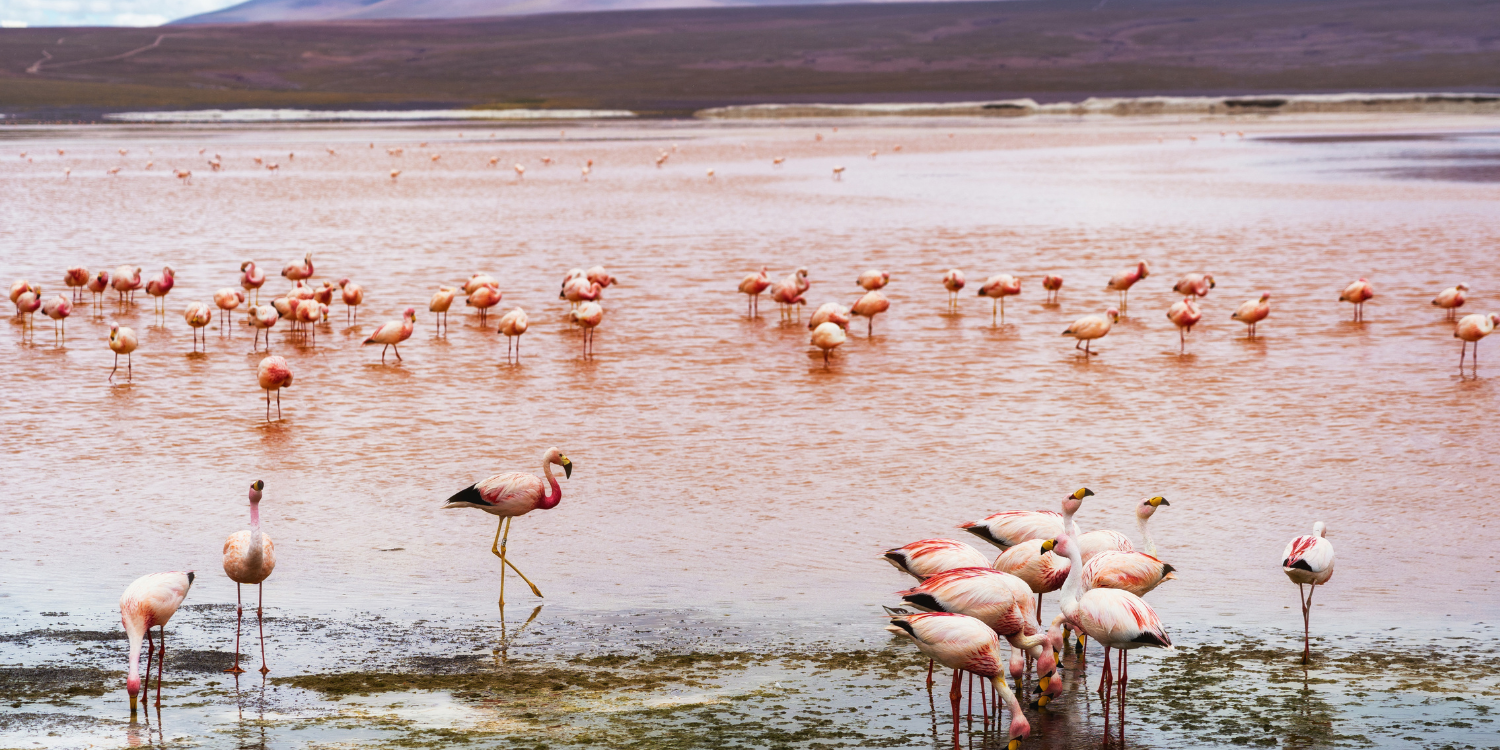
Secret destinations: True Tribe's handpicked nationals parks in South America
Southern America, Continent of Superlatives

- Sian Ka’an, Tulum National Park, Mexico
In Mayan, Sian Ka’an means ‘Origin of the Sky’. This Mexican National park, located on the east coast of the Yucatán peninsula, has an incredible biosphere reserve that contains tropical forests, mangroves and marshes, large marine section intersected by a Caribbean barrier reef. It is also culturally rich with its Mayan ruins testifying to a Pre-Columbian Golden Age. The main entrance of the reserve is located on the Tulum beach road to the south of the Tulum hotel beach zone. There is a stone archway at the entrance to the reserve where a small fee is charged, and sign-in is required. There are few services in Sian Ka’an other than pre-booked guided tours and a few random small restaurants so come prepared with water, snacks and lots of gas in your tank.

- Los Roques National Park, Venezuela
If you want intimacy, peace and quiet the Venzuelian archipelago of Los Roques is an unbeatable destination. Very little is known about this place. However, Tim Neville has written of it in The New York Times in 2006: “The entire atoll, 80 miles north of Caracas, is a Venezuelan national park. There is just one town, of 1,600 people, on one island, set amid some 850 square miles of lagoons, reefs and the most ridiculously gorgeous beaches either well-traveled American had ever seen. There are no cruise ships or large hotels in Los Roques — just nearly limitless stretches of lonely sand surrounded by water so dazzlingly clear that snorkelers may have to squint behind their masks. This is the Caribbean as it may have felt before tourism.
- Pantanal Matogrossense National Park, Brasil
Most of South America’s fauna and flora (and the world’s) is contained within the Amazon rainforest, however a trip to the Amazon doesn’t guarantee great sights of wildlife as animals there tend to disappear into the jungle upon human approach. The Patanal, a swamp region the size of Portugal situated on a bend of the Rio Negro at the Bolivian border is a much more rewarding alternative in Brasil. As Guardian writer, Alex Bellos, points out, “the animals [there] will often parade in front of you as if auditioning for a nature documentary”. But what is most appreciable is the ecological commitment of the Pantanal Matogrossense National Park in its prioritization of preservation, its enabling of scientific research, environmental education, and outdoor recreation.
- Los Glaciares National Park, Argentina
If you can afford to go this far, off you go! The 7252 km2 Argentinian ice covered national park celebrates its 80th anniversary this year. The park, lying on the Andes boarder with Chile, was declared a World Heritage site by UNESCO in 1981. A third of it is covered by ice, and the main attraction are, not surprisingly, ‘The Glaciares’. What makes this park unique according to the Daily Telegraph UK among other sources is the glaciares low altitude “the glaciers start at less than 1,500 meters above sea level compared to 2,500 meters for most glaciers, creating stunning views on the edge of its lakes.” The area contains two large lakes in addition to smaller ones and some mythical mountains such as the 3 405 meter high Fitz Roy (or Chaltén), and the 3102 meter high Cerro Torre.
- Corcovado National Park, Costa Rica
Costa Rica brims with national parks, but if we had to choose one it would be Corcovado National Park. In this 425 km2 park, which is part of the Osa Conservation area you can find black sanded beaches inhabited by scarlet macaws, tapirs, jaguars and squirrel monkeys, as well as the largest primary forest on the American Pacific coastline and one of the few remaining sizable areas of lowland tropical forests in the world. Its coasts are visited by dolphins and some, like Drake Bay, are wintering and breeding grounds for the humpback whales.

- Ausangate Rainbow Mountains, Peru
Ausangate of the Vilcanota mountain range in the Andes of Peru is not designated as a national park, but should be so we’ve decided to include it in this list. With an elevation of 6,384 meters, Ausangate is situated around 100 km southeast of Cusco. The regions’ mountainous landscape carries important symbolic in the Inca mythology and has four prehistoric geological features: the Andean uplift formed by granits; the hanging glaciers and glacial erosional valleys; the Cretaceous era limestone forests from 140 million to 65 million years ago (characterized by the greatest development and subsequent extinction of dinosaurs and the advent of flowering plants and modern insects), and Permian formation of 280 to 230 million years ago with its singular colors: red, ochre, and turquoise. These latter colorful formations have granted the area’s appellation: Rainbow Mountains. The Rainbow colors are visible in a secret corner only reachable through the challenging Ausangate mountain trek.
- Eduardo Avaroa Andean Fauna National Reserve, Bolivia
The Eduardo Avaroa Andean Fauna National Reserve is home to the Bolivian Altiplano, where both the Laguna Verde and the Laguna Blanca can be found, two endorheic basins that are scenic wonders of nature. The Laguna Verde as its Hispanic name indicates has mineral suspensions of arsenic and other minerals that renders a turquoise or emerald green color to the lake waters. Conversely, the salt lake that is Laguna Blanca is white because of a high concentration of minerals. Although not declared UNESCO World heritage, the park was established in 1973 and named after Eduardo Avaroa, a Bolivian war hero of late 18th century. The reserve's major attractions are erupting volcanoes, hot springs, geysers, lakes, fumaroles, mountains and its three endemic species of flamingos in particular.





Leave a comment
This site is protected by hCaptcha and the hCaptcha Privacy Policy and Terms of Service apply.